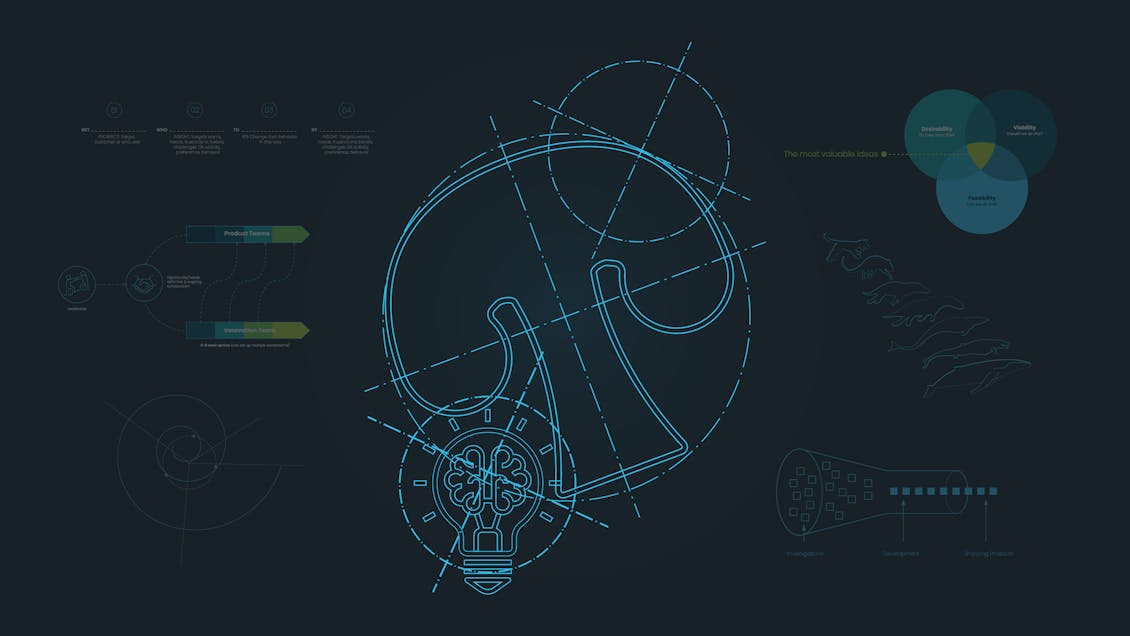How much room should you make for innovation?

How much room should you make for innovation? As mushroom as possible!
The following is the preface to our latest eBook. Download the full version here.
The words “human” and “humor” both trace back to the Indo-European root, “ghom,” or “humus,” meaning earth or ground. This etymology is enlightening if we think about the common thread of being born of this earth, and how important it is to be able to laugh at ourselves (“humility” is part of this root, too) in order to face life’s realities.
During the pandemic, I spent many hours walking through the woods, looking up at the trees, listening to the birds chirping. I even launched a podcast, “Wild Talk,” featuring conversations that all take place outdoors. Nature humbles us, and reminds us of our place in the grand scheme of things.
Meanwhile, underfoot — in forests, gardens, even deserts — is a rich and complex network called mycelium, a fundamental building block of healthy soil. These fungi roots branch throughout the earth, in patterns that mimic the synapses of the brain, intertwining with plants and trees, moving carbon and nutrients. Without this critical layer, entire ecosystems would collapse.
When I approach our clients and partners to implement an innovation program, one of the first signals I look for is healthy soil. What I mean by that is, what is in place to support innovation within the organization? How are resources, people, processes, and knowledge connected? Just as the mycelium colonies decompose organic matter, a sustainable innovation culture will be generative. You can take lessons learned from “failed” initiatives and compost them into valuable learnings or components. You can curate a rich environment in which seeds can sprout and fruit can grow and ripen.
Now that we’re seemingly out of the pandemic storm, we’ve adjusted to a paradigm shift. Research shows that for many organizations, productivity has not suffered with remote work, but innovation has. While Slack, Zoom, and online collaboration tools keep us focused and in constant communication, studies show that we’re working with fewer people under stressful conditions that can lead to burnout. It’s not enough to say that your organization is “doing innovation.”
Innovation requires trust. To truly feel free to exchange ideas, people need the psychological safety that allows for vulnerability. We’ve found that introducing humor — from improv comedy sessions to silly board games — early in the creative process opens the mind for vigorous brainstorming. There’s scientific evidence behind this too — adding opportunities for laughter to your innovation teams and events can improve the outcome by as much as 37 percent¹.
At Modus, we’re passionate about transforming organizations at the root, collaborating in that space between idea and reality, and delivering better experiences for humans. I hope you find this blueprint a useful resource as you evolve your innovation program.
— Jay Erickson
Partner, Chief Innovation Officer
1 Karuna Subramaniam, John Kounios, Todd B. Parrish, and Mark JungBeeman, “A brain mechanism for facilitation of insight by positive affect,” Journal Of Cognitive Neuroscience, March 2009.


